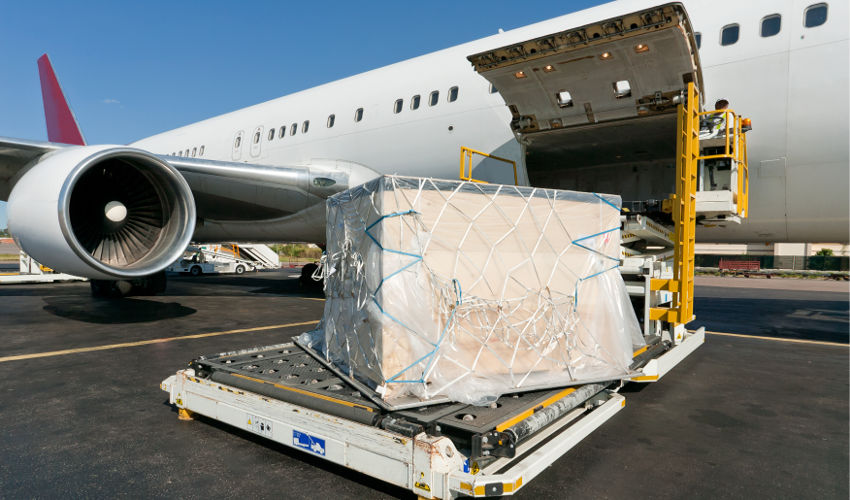Inbound Out Of Customs: Your Package Is Coming
What is Inbound Out Of Customs: Your Package Is Coming ? Parcels and Mails arrives at Custom for what ?
Inbound out of customs, I am sure you have read this before and perhaps at first you didn’t know exactly what that means. But you soon found out that it’s the best news you can receive when you are desperately expecting a package from overseas.

Basically, inbound out of customs means that your package has been released from customs to the USPS and it is being delivered to you. If the term is Outbound, that would mean that the package you sent has passed through customs and it’s on its way to another country.
What Do Customs Do?
But what exactly happens to your package or mail while it is in customs, what happens behind those closed doors. I am sure you have asked yourself that question at least a couple of times, and I will try to give you some information about that in the rest of this article.
A Little Bit Of Statistics
In the last year, around 650 million pieces of international mail went through the customs to enter the United States, coming from foreign countries. Almost all of this immense quantity of mail is accepted into the US through one of its five International Service Centers (ISC). Those are located in Chicago, Los Angeles, Miami, New York and San Francisco.
How Does The Process Work?
So here is how the process works, although there are special circumstance in which mail has to be handled in a specific way, most of the times the process works something like this. International mail in most cases ends up arriving at airports aboard certain inbound commercial carrier flights. When this thing happens, on the ground we have something called ground handlers (here, it depends a lot on the time the mail arrives at and on some different other factors, but these ground handles are usually either employees of the airline that delivered the mail, or, in other cases, outside contractors that are employed by the airlines).
What Do They Do?
These people are tasked with unloading the receptacles that contain mails and packages from inside the airplanes. Then, these same people take the mail and they take it to these ISC center that I mentioned above. While all these operations may sound sort of trivial, they are actually very important and they have to be done under a high degree of security. Also, they are usually the responsibility of the postal operators in the countries where the mail originated from. And in order to do that, these postal operators have to come to agreements with the respective airlines and ground handlers.
Documents Are Key
USPS employees are there in order to verify and monitor what the status of these international mail receptacles is. And they have to do this by completing reports that have become known under the name of ramp reports. Based upon these documents, anybody can find out instantly information about the mail, such as when it was sent, when it was scanned and assigned to a certain flight in its country of origin. Alongside this, you can also find the country where it came from, the airline on which it came on and the exact content and number of receptacles that are supposed to be brought to the ISC.
Final Verification
Then the mail goes through a process of verification, X-ray machines and other things like that, in order to make sure that it does not post any dangers for the postal workers that are handling it and eventually for the people that receive it. This is done in secure buildings and with the outmost care. And, as I am sure everybody knows, nobody is allowed to actually open your mail, that is confidential and opening it and breaching that trust is actually a federal felony. So checking your mail does not mean checking the actual contents of that mail, but the technical aspects of the mailing process and the safety of the packages.
Then and only then does mail enter into the final phase, where it is approved for the final delivery and can reach its original destination. If irregularities are found in the ramp reports or on the envelopes, or if the postal employees discover that the mail is eligible to poses certain risks, this process can take longer.
Now It Is Ready
In the end, almost all of the mail reaches its intended destination. So as you can see, there is an entire complicated process in order for your mail to get through customs and reach you, and that is why, when you receive the information that your package or mail is inbound out of customs, you should appreciate all the effort and the hard work it took for it to arrive safely where it was supposed to.
Written By
Gaya
We are group of communities , working on gr8 tools on web designing,Article and Guest post writing, web hosting , DNS tools, domain name and running many forums. Also making many times of php scripts on demand.